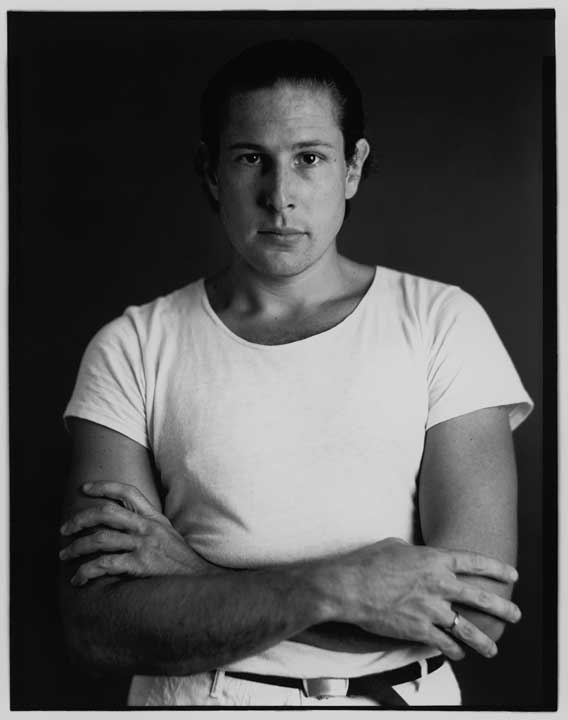
1951
Julian Schnabel

description
A modern American artist, architect, musician, photographer and film director. Julian Schnabel is known not only for painting but also for his films, one of which is dedicated to his friend, talented artist Jean-Michel Basquiat, who died at the age of 28. Despite the fact that Schnabel made a successful career in cinema – he was nominated for an Oscar and won the Golden Globe in 2007 – he considers himself primarily an artist who is pleased to engage in interesting projects in the field of art.
Schnabel brightly declared himself immediately, appearing on the New York art scene. With his defiant behavior, frankness and selfishness, he attracted many enemies and also got numerous fans. He became an example of a bohemian artist, was friends with Andy Warhol and did open self-promotion.
In the 1980s, Schnabel was one of the leading Neo-Expressionist artists reviving figurative painting. His vivid, expressive nature, provocative statements and shocking behavior immediately attracted the attention of society and were reflected in his works. Julian Schnabel became famous for his so-called “plate paintings”, which he created from fragments of broken dishes. Instead of the canvas, the artist used unusual materials: animal skins, tarpaulin, velvet and linoleum.
The work of the American master covers a wide variety of areas. He is the architect of a huge pink house in Manhattan, the Maybach car designer, the author and performer of musical compositions, the director of several films, the plot of which tells of unusual people who find themselves in extraordinary and strange circumstances. His work is often provocative and ambiguous. Often they are sharply criticized and controversially discussed, but they never leave the viewer indifferent.
His active public life, participation in various contests and events also contribute to the popularity of Julian Schnabel and do not allow the public to forget the name of the artist, no matter what he does.
Key ideas:
– The great merit of artist Julian Schnabel and his Neo-Expressionist colleagues is that they managed to return figurativeness and vivid imagery to the art of the late 20th century. Unlike the minimalism and abstraction popular in the USA, the paintings of artists of this movement were distinguished by vivid characters of objects, sometimes exaggeratedly emotional, distorted and depicted very carelessly. While Pop art painters focused on the symbolic object, Neo-Expressionists ignored the object itself and gave greater importance to the emotions expressed in the work.
– Although many critics considered the attention to Julian Schnabel undeserved, his works are not at all just a product of public relations and self-promotion. The paintings are saturated with strong energy and magnetism, which take their roots in the charismatic and peculiar personality of the artist.
– “Broken plates” is the most famous and brightest series of paintings by Julian Schnabel. These works are large and consist mainly of several parts. The artist glues pieces of broken dishes on the surface of the paintings, making it look like a fancy mosaic and applies the image from above making it convex and textured. The first such works created in the late 70s contain abstract images; later “plate paintings” contain full-fledged portraits and multi-figure compositions.
– The works of Julian Schnabel often include Christian themes. This is because the artist kept in touch with the inhabitants of Mexico in childhood and adolescence, as his family lived near the border. In addition to Catholic, in Schnabel’s paintings, you can find references to historical events and works of art. These elements and motifs are often shown in an ironic and satirical manner.
1951
1965
1969
1973
1978
1979
1980
1995
1996
1999
2007
2009
2010
Julian Schnabel was born into a Jewish family in Brooklyn
Julian's family moved to Brownsville, Texas

Entered the University of Houston

He moved to New York

Traveled throughout Europe

The artist’s first solo exhibition

Participated in the Venice Biennale

«Every Silver Lining Has a Cloud»

«Basquiat»

"American Century: Art and Culture 1950-2000"

"The Suit and the Butterfly"

In New York in Manhattan, he built a vast pink house

A major exhibition of works by Julian Schnabel

